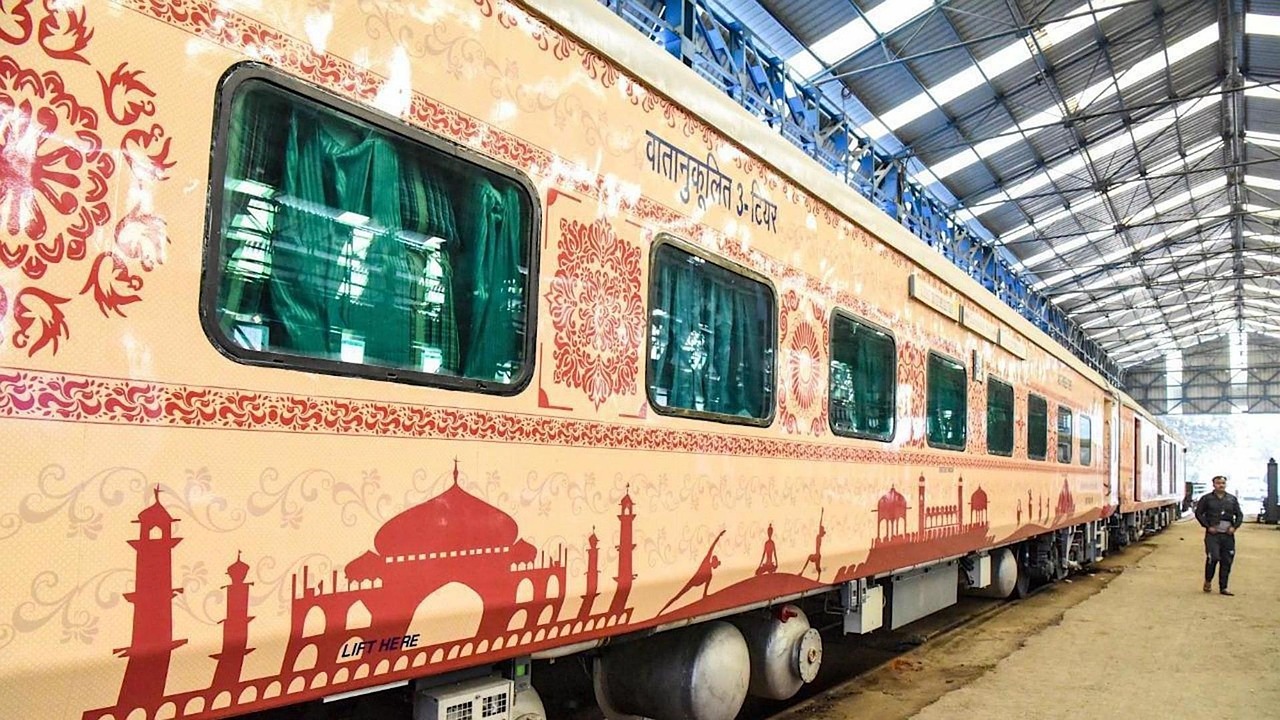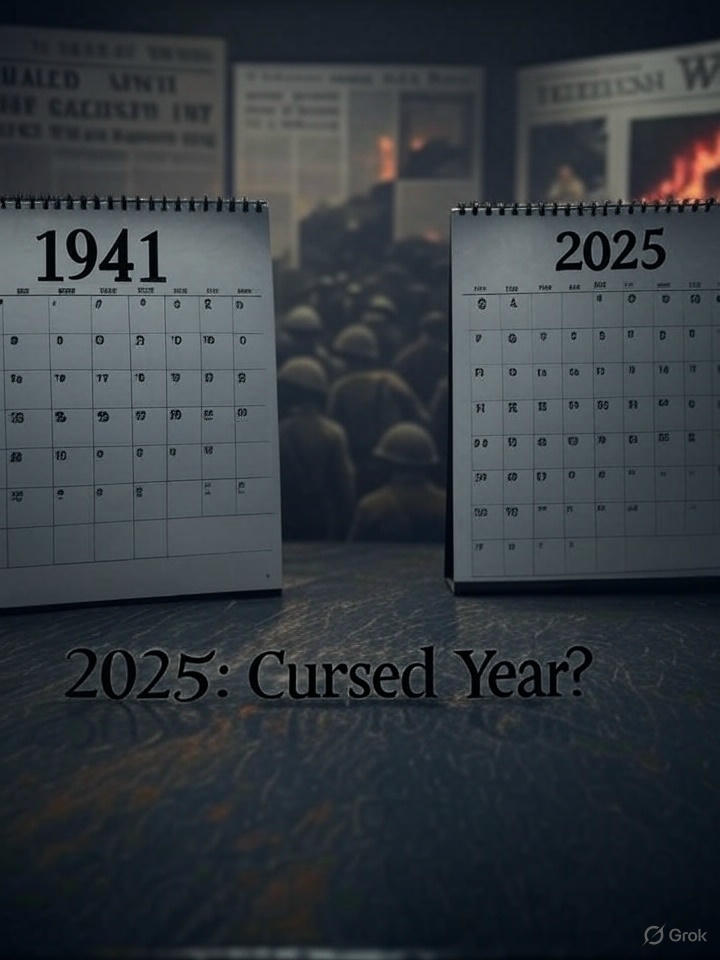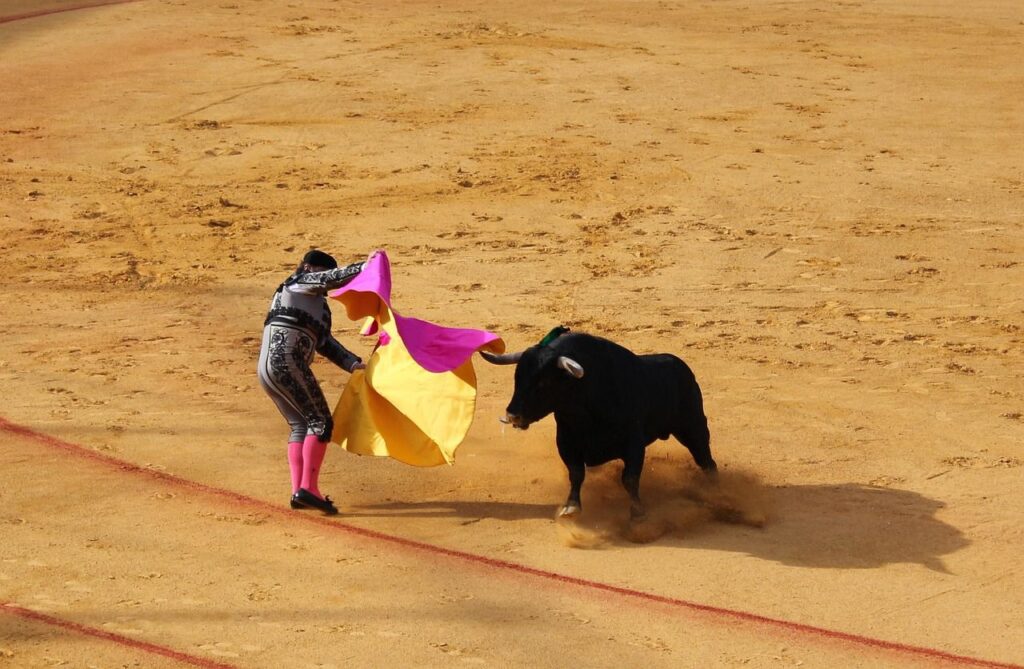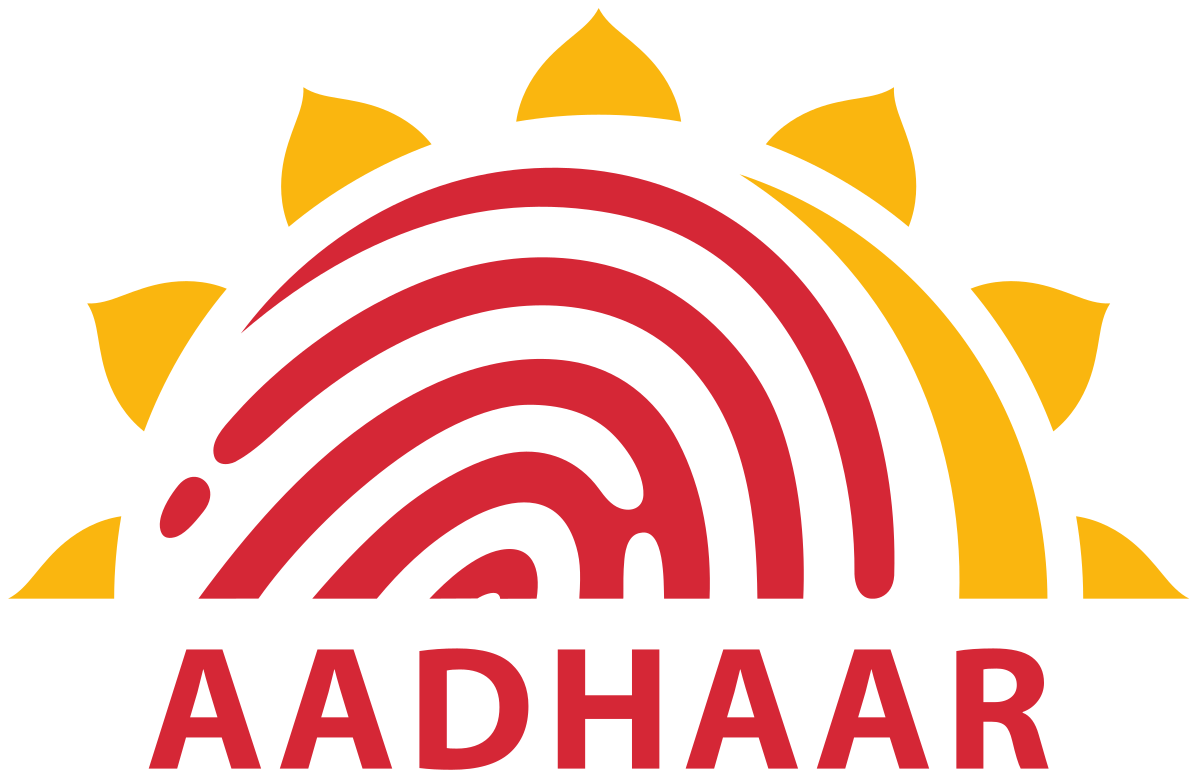IRCTC Refund Rules 2025: Everything You Need to Know About Indian Railways Train Cancellation and Full Refund Conditions
Indian Railways is one of the largest railway networks in the world, connecting millions of people across the country every day. For many, it’s the most affordable and convenient way to travel long distances. However, sometimes plans change, trains get delayed, or unexpected issues arise, leading to ticket cancellations. To make the process smoother and more transparent, the Indian Railway Catering and Tourism Corporation (IRCTC) has introduced updated refund rules for 2025. These rules outline when and how passengers can get a full or partial refund for their train tickets. Whether your train is canceled, delayed, or you face issues like a non-working AC or missing coach, knowing these rules can save you money and hassle. In this article, we’ll explore the IRCTC refund rules for 2025, explain the conditions for full refunds, and guide you through the process in simple English. Let’s dive into the details of Indian Railways’ train cancellation policies and how you can make the most of them.
Understanding IRCTC Refund Rules for 2025
The IRCTC is the official ticketing platform for Indian Railways, managing both online (e-tickets) and counter tickets (I-tickets). Over the years, the railway system has worked to make ticket cancellations and refunds easier for passengers. The updated refund rules for 2025 aim to reduce confusion, prevent misuse, and ensure passengers get their money back in specific situations. These rules apply to all types of tickets, including confirmed, RAC (Reservation Against Cancellation), waitlisted, and even Tatkal tickets, though the conditions vary.
One of the most important things to understand is that refunds depend on the type of ticket, the time of cancellation, and the reason for canceling. For example, if you cancel your ticket well in advance, you’re more likely to get a higher refund. On the other hand, if you cancel too close to the departure time, you may lose a portion of your fare. Additionally, there are special cases where Indian Railways offers full refunds without deductions, such as when the railway itself is at fault. Let’s break down the key scenarios where you can claim a refund and how the process works.
When Does Indian Railways Offer a Full Refund?
Indian Railways has outlined seven major situations where passengers can claim a full refund, depending on the circumstances. These situations are designed to protect passengers when the railway fails to provide the expected service. Below, we’ll explore each scenario in detail to help you understand when you’re eligible for a full refund and what steps you need to take.
1. Train Cancellation by Indian Railways
One of the most straightforward cases for a full refund is when Indian Railways cancels a train. This could happen due to operational issues, weather conditions, or other unforeseen circumstances. If you’ve booked an e-ticket through the IRCTC website or app, you don’t need to do anything. The railway automatically processes a full refund and credits the amount to the same account used for booking. This process is seamless and usually completed within a few days.
For counter tickets (I-tickets), the process is slightly different. You’ll need to visit a Passenger Reservation System (PRS) counter within 72 hours of the train’s scheduled departure time to surrender your ticket and claim the refund. The good news is that in this case, no cancellation charges are deducted, and you get the entire ticket amount back. This rule ensures that passengers aren’t penalized when the railway cancels a train.
2. Train Delayed by More Than Three Hours
If your train is delayed by more than three hours and you choose not to travel, you’re eligible for a full refund. This rule is particularly helpful during busy travel seasons when delays can disrupt plans. For e-ticket holders, you must file a Ticket Deposit Receipt (TDR) online before the train’s actual departure time. The TDR is a formal request for a refund, and you can file it through the IRCTC website or app. Once processed, the refund is credited to your account.
For I-ticket holders, you’ll need to visit a PRS counter at the station and surrender your ticket. The refund is processed after deducting minimal clerkage charges, but if the delay is significant and you didn’t travel, you’re likely to get a full refund. This rule ensures that passengers aren’t stuck waiting for hours without compensation.
3. Train Diverted and Doesn’t Stop at Your Station
Sometimes, Indian Railways diverts a train to a different route due to track maintenance, accidents, or other issues. If the train no longer stops at your boarding or destination station, you can claim a full refund. For e-tickets, you need to file a TDR within 72 hours of the train’s scheduled departure time. For counter tickets, you must surrender the ticket at a PRS counter within the same time frame.
This rule is especially important for passengers traveling to specific destinations. If the train’s route change makes your journey impossible, Indian Railways ensures you’re not left out of pocket. The refund is processed without any deductions, provided you follow the TDR or counter surrender process.
4. Forced to Travel in a Lower Class
If you booked a ticket for an AC coach but were forced to travel in a lower class, such as a sleeper coach, you’re entitled to a refund for the fare difference. For example, if you paid for a 2AC ticket but traveled in a sleeper coach due to railway issues, you can claim the difference between the 2AC fare and the sleeper fare. This rule applies to various classes, including AC First Class, AC Chair Car, and Executive Class.
If the issue occurs before the chart is prepared, the refund is processed automatically. However, if the chart is already prepared, you’ll need to file a TDR within 20 hours of the train’s arrival at your destination. Additionally, you must obtain a certificate from the Ticket Traveling Examiner (TTE) confirming that you traveled in a lower class. This certificate, along with the TDR, must be sent to IRCTC by post for processing. This ensures that passengers are compensated for not receiving the service they paid for.
5. AC Failure During the Journey
Air-conditioned coaches are a popular choice for long-distance travel, especially in India’s hot climate. If the AC in your coach stops working during the journey, you can claim a refund for the fare difference between the AC class and the non-AC equivalent. For example, if you’re in a 3AC coach and the AC fails, you can claim the difference between the 3AC fare and the sleeper class fare.
To get this refund, you need to file a TDR within 20 hours of reaching your destination. You’ll also need a certificate from the TTE confirming the AC failure. This certificate must be sent to IRCTC by post. The process ensures that passengers aren’t charged premium fares for a service that wasn’t provided.
6. Coach Not Attached or Damaged
In rare cases, the reserved coach you booked may not be attached to the train or may be damaged, preventing you from traveling. If this happens, you can claim a full refund by filing a TDR within three hours of the train’s scheduled departure. For counter tickets, you’ll need to surrender the ticket at a PRS counter within the same time frame.
This rule protects passengers when the railway fails to provide the reserved coach. It’s a rare situation, but knowing your rights can help you recover your money without hassle.
7. Tatkal Tickets and Special Cases
Tatkal tickets are designed for last-minute travel, but they come with stricter refund rules. Generally, confirmed Tatkal tickets are non-refundable. However, there are exceptions. If your Tatkal ticket remains waitlisted after chart preparation and you don’t travel, you can claim a refund after deducting clerkage charges. Similarly, if the train is delayed by more than three hours, diverted, or fails to provide promised facilities (like AC), you may be eligible for a refund.
For waitlisted Tatkal tickets, you need to file a TDR within three hours of the train’s departure. The refund is processed after deducting a nominal clerkage fee of Rs. 60 per passenger plus GST. This ensures that even Tatkal ticket holders have some recourse in case of railway issues.
How to Cancel a Train Ticket and Claim a Refund
Canceling a train ticket and claiming a refund is straightforward, but the process depends on whether you have an e-ticket or a counter ticket. Here’s a simple guide to help you navigate the cancellation process.
Canceling E-Tickets
E-tickets can only be canceled online through the IRCTC website or app. Here’s how to do it:
1.Log In: Visit www.irctc.co.in or open the IRCTC Rail Connect app and log in with your credentials.
2.Go to Booked Tickets: Navigate to the “My Transactions” or “Booked Tickets” section and select the ticket you want to cancel.
3.Select Passengers: Choose the passengers you want to cancel (for partial cancellations) or cancel the entire ticket.
4.Confirm Cancellation: Verify the refund amount displayed on the screen and confirm the cancellation. You’ll receive an SMS and email with the refund details.
5.Refund Processing: The refund is credited to your original payment method within 5-7 days.
Note that e-tickets cannot be canceled after chart preparation, which typically happens 4 hours before departure (or the previous night for trains departing before noon). If you miss this window, you’ll need to file a TDR for specific cases like train delays or diversions.
Canceling Counter Tickets
Counter tickets (I-tickets) must be canceled at a PRS counter. Here’s the process:
1.Visit a PRS Counter: Go to any railway station with a PRS counter, preferably the one where you were supposed to board the train.
2.Surrender the Ticket: Hand over the original ticket to the counter staff.
3.Collect Refund: The refund amount, after deducting cancellation charges, is issued immediately or within a few days, depending on the station.
For counter tickets, refunds can be collected up to 4 hours after the train’s departure for confirmed tickets and up to 30 minutes before departure for RAC or waitlisted tickets. If you miss this window, you may need to file a TDR for special cases.
Filing a TDR for Special Refunds
In cases like train delays, diversions, or service failures (e.g., AC not working), you’ll need to file a TDR. Here’s how:
1.Log In to IRCTC: Visit the IRCTC website or app and go to the TDR filing section.
2.Enter PNR Details: Provide your PNR number, train number, and reason for filing the TDR.
3.Submit OTP: An OTP will be sent to the registered mobile number. Enter it to validate the request.
4.Send Certificate (if required): For cases like AC failure or lower-class travel, obtain a certificate from the TTE and send it to IRCTC by post to the address provided.
5.Track Refund Status: Use the IRCTC website to track the status of your TDR. Refunds are processed by the concerned zonal railway and credited to your account.
Cancellation Charges for Confirmed Tickets
If you cancel a confirmed ticket voluntarily (not due to railway issues), you’ll incur cancellation charges based on the timing and class of travel. Here’s a breakdown of the charges as of 2025:
-More than 48 Hours Before Departure: A flat cancellation fee is deducted per passenger:
– AC First Class/Executive Class: Rs. 240 + GST
– AC 2 Tier/AC 3 Tier/First Class/AC Chair Car: Rs. 200 + GST
– Sleeper Class: Rs. 120
– Second Class: Rs. 60
– 48 to 12 Hours Before Departure: 25% of the fare, subject to the minimum flat charges above.
– 12 to 4 Hours Before Departure: 50% of the fare, subject to the minimum flat charges.
-Less than 4 Hours Before Departure: No refund is provided, except in special cases like train cancellation or delays.
These charges are per passenger and apply to both e-tickets and counter tickets. Note that convenience fees and payment gateway charges are non-refundable.
Cancellation Charges for RAC and Waitlisted Tickets
For RAC or waitlisted tickets, the cancellation process is simpler. You can cancel up to 30 minutes before the train’s departure, and a clerkage charge of Rs. 60 per passenger plus GST is deducted. If a waitlisted ticket remains unconfirmed after chart preparation, it’s automatically canceled, and a full refund is issued without any charges.
Tips to Maximize Your Refund
To minimize losses and ensure a smooth refund process, follow these tips:
– Plan Ahead: Avoid booking tickets if you’re unsure about your travel plans. Early cancellations attract lower charges.
– Cancel Early: Cancel your ticket as soon as you know you won’t travel to avoid higher deductions.
– Check Train Status: Monitor your train’s status on the IRCTC website or app to stay informed about delays or cancellations.
– File TDR Promptly: For special cases, file your TDR within the specified time frame to avoid rejection.
-Keep Documents Ready: If you need a TTE certificate, request it during the journey and send it to IRCTC promptly.
– Understand Tatkal Rules: Tatkal tickets have stricter rules, so check the conditions before booking.
New Tatkal Ticket Rules for 2025
In 2025, Indian Railways introduced new rules for Tatkal ticket bookings to reduce misuse and improve availability. Some key changes include:
– Aadhaar Verification: Tatkal bookings now require mandatory Aadhaar-based authentication to prevent fraudulent bookings.
– Dynamic Pricing: Tatkal fares may vary based on demand and booking time.
– Revised Booking Timings: Booking windows vary by class, so check the IRCTC website for the latest schedule.
– Stricter Refund Rules: Confirmed Tatkal tickets remain non-refundable, but waitlisted Tatkal tickets may qualify for refunds in specific cases.
These changes aim to make Tatkal bookings fairer and more accessible for genuine travelers. However, they also mean you need to be extra careful when booking Tatkal tickets, as refunds are limited.
Important Notes and Disclaimer
The refund rules outlined above are based on official IRCTC and Indian Railways announcements as of June 2025. However, these rules are subject to change, and it’s always a good idea to check the IRCTC website (www.irctc.co.in) or contact a railway inquiry counter for the latest information. The final decision on refunds lies with the zonal railway, and IRCTC acts as a forwarding agency. Make sure to follow the correct procedures, such as filing TDRs on time and submitting required documents, to avoid delays or rejections.
Conclusion
The IRCTC refund rules for 2025 make it easier for passengers to claim refunds when their travel plans are disrupted. Whether it’s a canceled train, a significant delay, a diverted route, or issues like AC failure or missing coaches, Indian Railways ensures that passengers are compensated fairly. By understanding these rules and following the correct cancellation or TDR process, you can avoid unnecessary losses and make your travel experience stress-free. Always check the latest updates on the IRCTC website or app, and plan your cancellations early to maximize your refund. Indian Railways continues to improve its services, and these refund policies are a step toward better passenger satisfaction.
.






